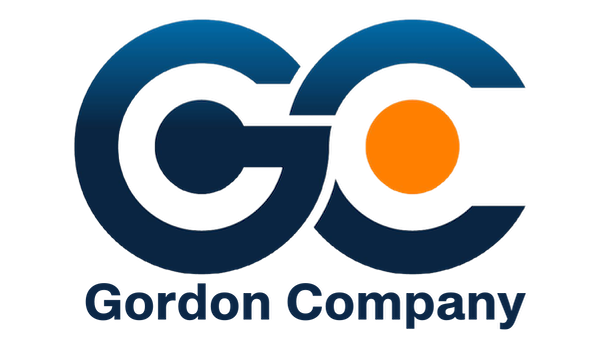Understanding SDE
Valuing a business is very different and much more involved than valuing other assets like a home or a car. The most common method, taking a multiple of a company’s earnings, has its limitations, given that most businesses take every tax deduction available to them to keep their bottom line as low as possible. In addition, to determine the true value of your business, your company has to be compared to other similar companies that have sold. There are many variables involved when putting a value on a business and you, as the business owner, want to make sure the correct method is being used. Seller’s Discretionary Earnings (SDE) is a good financial metric to use if you own a small or mid-sized company with one full-time owner-operator. SDE will provide an accurate picture of both your business’s true earnings and its value. It is one of the only ways both buyers and lenders will be able to estimate your company’s cash flow and do a market comparison. It uses the “market method”, also known as the “comparable sales method.” Business brokers will research your industry to find as many similar businesses as they can, and by knowing the sales price and the SDE, they can find the SDE multiple. The goal of SDE is to adjust your financials so that they reflect your company’s true earnings.
How is SDE calculated?
Calculation starts with net profits. Then adjustments, known as “add-backs” are made to it. Add-backs are discretionary expenses that the buyer would not be responsible for as the new owner. In short, money is being added back to your company’s bottom line. There are different categories of add-backs or adjustments. The salary for one full-time owner and the owner’s payroll taxes are examples of standard add-backs. Personal spending, i.e. travel, fuel, mobile phones, owner’s and health insurance are examples of discretionary add-backs. Non-recurring add-backs include one-time technology upgrades and equipment replacement/upgrade. Accounting Adjustments may add to or subtract from your profits. Examples of accounting adjustments include the sale of a vehicle or piece of equipment, inventory adjustments, or PPP loans.
What is the difference between EBITDA (Expenses Before Interest, Taxes, Depreciation, and Amortization) and SDE?
They are very similar when used to value a business. However, EBITDA is used for larger businesses, where the owner is more likely to take on an investor role and hire a manager.
In summary, SDE is a way to assess a company’s earnings more accurately using a financial metric that focuses on industry comparisons.
We are always looking to help people sell their businesses. We professionally offer services with a consultative, individualized approach. For more information or to receive a complimentary consultation, click here.



